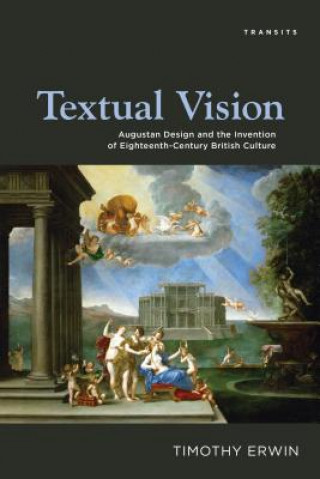
Kód: 09093501
Textual Vision
Autor Timothy Erwin
Textual Vision is about the way eighteenth-century British literature either invites us to create mental pictures or else closes off the visual field. Classical rhetoric had long offered two basic ways of picturing texts, one like ... celý popis
- Jazyk:
 Angličtina
Angličtina - Vazba: Pevná
- Počet stran: 310
Nakladatelství: Bucknell University Press, 2015
- Více informací o knize

4190 Kč

Skladem u dodavatele v malém množství
Odesíláme za 10-14 dnů
Potřebujete více kusů?Máte-li zájem o více kusů, prověřte, prosím, nejprve dostupnost titulu na naši zákaznické podpoře.
Přidat mezi přání
Mohlo by se vám také líbit
-

Introducing Competition into the Piped Water Market
1681 Kč -

Comparative Tobacco Control Policy in the United States and South Africa
2405 Kč -

West Germany (RLE: German Politics)
5443 Kč -

Diverse Contemporary Issues Facing Business Management Education
6167 Kč -

BEFORE & AFTER - Auto Restoration - Done RIGHT!
701 Kč -
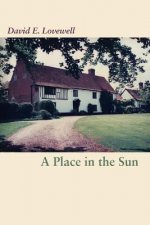
Place in the Sun
348 Kč -
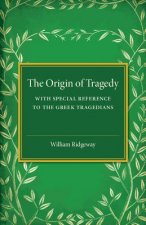
Origin of Tragedy
1175 Kč -

Agatha Raisin and the Curious Curate
276 Kč -

Digest of Tariff Hearings Before the Committee on Finance, United States Senate
1202 Kč -

Holy Bible. Bible kralická: English - Czech parallel text
591 Kč -

Tekhnologiya Proizvodstva Syra
1833 Kč -

Metodologia para estimar tangiveis e intangiveis nos projetos de TI
1294 Kč -

1227 Verschollen im Mittelalter
266 Kč -
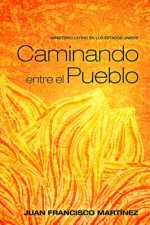
Caminando Entre El Pueblo
925 Kč
Darujte tuto knihu ještě dnes
- Objednejte knihu a zvolte Zaslat jako dárek.
- Obratem obdržíte darovací poukaz na knihu, který můžete ihned předat obdarovanému.
- Knihu zašleme na adresu obdarovaného, o nic se nestaráte.
Více informací o knize Textual Vision
Nákupem získáte 419 bodů
 Anotace knihy
Anotace knihy
Textual Vision is about the way eighteenth-century British literature either invites us to create mental pictures or else closes off the visual field. Classical rhetoric had long offered two basic ways of picturing texts, one likening plot to perspective and the other language to coloring. Each analogy derives from the triad of invention, design, and coloring, as if creating a painting or creating a poem involved the sequential stages of canvassing precedent, arranging the matter, and adding elocutionary or colorful elements. We may call the formal analogy the discourse of design and the linguistic analogy the discourse of the image. The discourse of design likens narrative emplotment to the perspective and arrangement of history painting. Its matrix is later seventeenth-century court culture and the academic theory of painting, and its prime literary practitioners in England are John Dryden, Alexander Pope, Henry Fielding, and their imitators. The linguistic analogy, on the other hand, compares vividness in language to the coloring of painting. A progressive aesthetic, it gathers momentum from the cultural revolution brought about by the Hanoverian succession and Lockean empiricism. It tends toward an individualism harking back to John Milton and the Puritan Interregnum. Its prime spokesperson is Joseph Addison, and its ultimate expression is the later verbal sublime of Edmund Burke, with its attenuation of the visual field and classical beauty alike. Meanwhile, one finds the discourse of the image prominent in William Hogarth, Samuel Richardson, and a host of mid-century poets. Much as in the ancients vs. moderns controversy, the two discourses stand in contrast to one another, and so five chapters pair off as many major figures in contextual opposition. Art historians are generally familiar with the discourse of design, but literary scholarship is not, typically, in part because aesthetics, with which literary scholars are more familiar, is often understood in purely perceptual terms. A chief aim of this study is to place these two ways of talking about the visual culture in productive dialogue.
 Parametry knihy
Parametry knihy
Zařazení knihy Knihy v angličtině Literature & literary studies Literature: history & criticism Literary studies: general
4190 Kč
- Plný název: Textual Vision
- Podnázev: Augustan Design and the Invention of Eighteenth-Century British Culture
- Autor: Timothy Erwin
- Jazyk:
 Angličtina
Angličtina - Vazba: Pevná
- Počet stran: 310
- EAN: 9781611485691
- ISBN: 161148569X
- ID: 09093501
- Nakladatelství: Bucknell University Press
- Hmotnost: 520 g
- Rozměry: 242 × 161 × 32 mm
- Datum vydání: 04. March 2015
Oblíbené z jiného soudku
-

How to Read a Book
303 Kč -
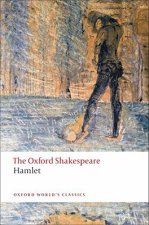
Hamlet: The Oxford Shakespeare
238 Kč -
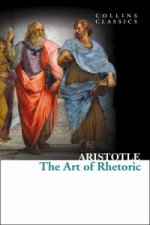
Art of Rhetoric
80 Kč -
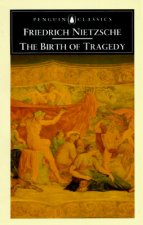
Birth of Tragedy
249 Kč -
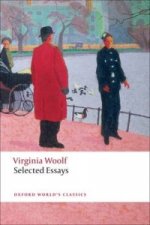
Selected Essays
276 Kč -
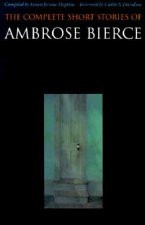
Complete Short Stories of Ambrose Bierce
497 Kč -

Serpent Power
524 Kč -
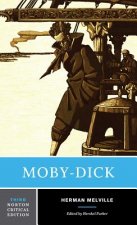
Moby-Dick
465 Kč -
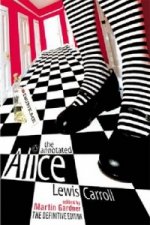
Annotated Alice
303 Kč -

Nordic Noir
410 Kč -
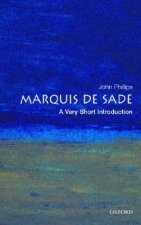
Marquis de Sade: A Very Short Introduction
275 Kč -
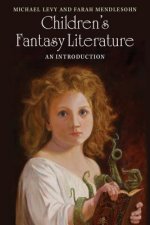
Children's Fantasy Literature
670 Kč -
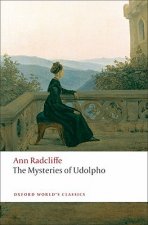
Mysteries of Udolpho
286 Kč -
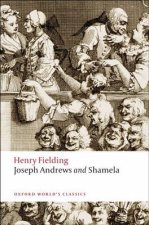
Joseph Andrews and Shamela
228 Kč -

Mabinogion
276 Kč -
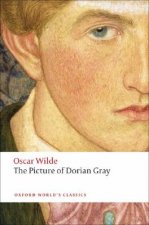
The Picture of Dorian Gray
182 Kč -
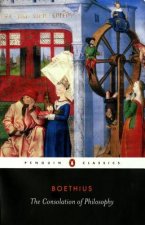
Consolation of Philosophy
276 Kč -
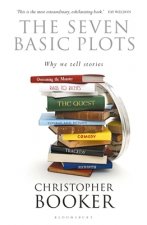
Seven Basic Plots
545 Kč -
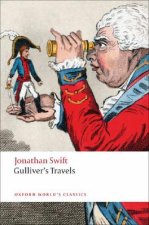
Gulliver's Travels
170 Kč -
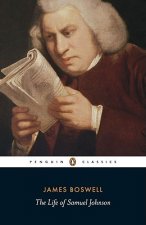
Life of Samuel Johnson
631 Kč -

Powers of Horror
975 Kč -
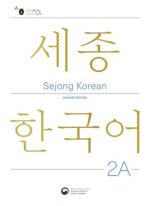
Sejong Korean Student Book 2A - English Edition, m. 1 Audio
733 Kč -
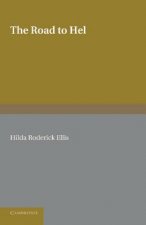
Road to Hel
1460 Kč -
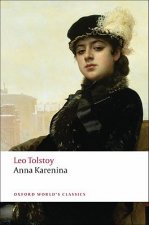
Anna Karenina
217 Kč -
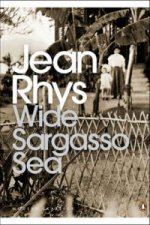
Wide Sargasso Sea
234 Kč -
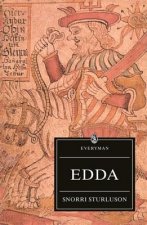
Edda
260 Kč -

Finn and Hengest
249 Kč -
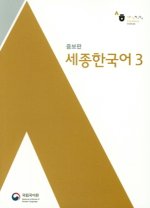
Sejong Korean 3, m. 1 Audio
681 Kč -
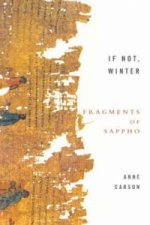
If Not, Winter: Fragments Of Sappho
464 Kč -
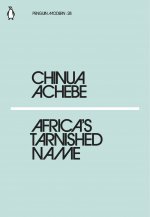
Africa's Tarnished Name
101 Kč -
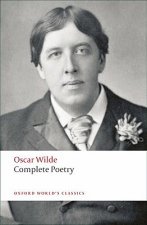
Complete Poetry
196 Kč -

Captain is Out to Lunch
276 Kč -
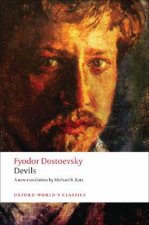
Devils
269 Kč -
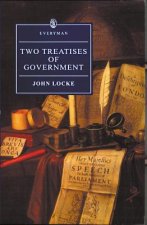
Two Treatises of Government
254 Kč -
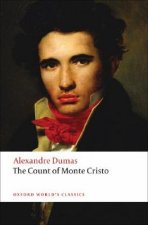
Count of Monte Cristo
276 Kč -
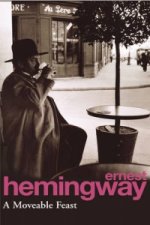
Moveable Feast
254 Kč -

Moveable Feast
286 Kč -
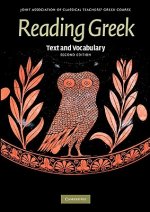
Reading Greek
946 Kč -
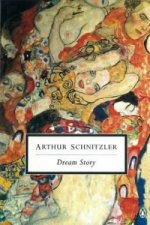
Dream Story
276 Kč -

Reading Greek
1072 Kč -

Analysis of Donna Haraway's A Cyborg Manifesto
233 Kč -
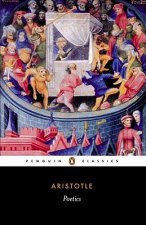
Poetics
276 Kč -
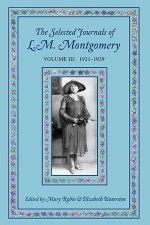
Selected Journals of Lm Montgomery Volume III 1921-1929
514 Kč -
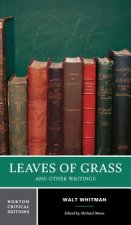
Leaves of Grass
442 Kč -
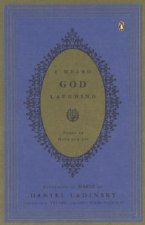
I Heard God Laughing
382 Kč -
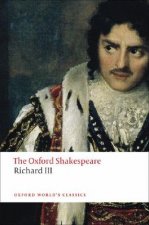
Tragedy of King Richard III: The Oxford Shakespeare
234 Kč -
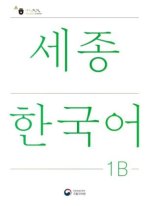
Sejong Korean Student Book 1B - Korean Version, m. 1 Audio
733 Kč -

Wild Ass's Skin
318 Kč -
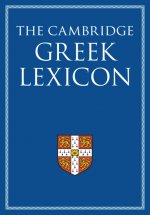
Cambridge Greek Lexicon 2 Volume Hardback Set
2483 Kč
Osobní odběr Praha, Brno a 12903 dalších
Copyright ©2008-24 nejlevnejsi-knihy.cz Všechna práva vyhrazenaSoukromíCookies


 Vrácení do měsíce
Vrácení do měsíce 571 999 099 (8-15.30h)
571 999 099 (8-15.30h)